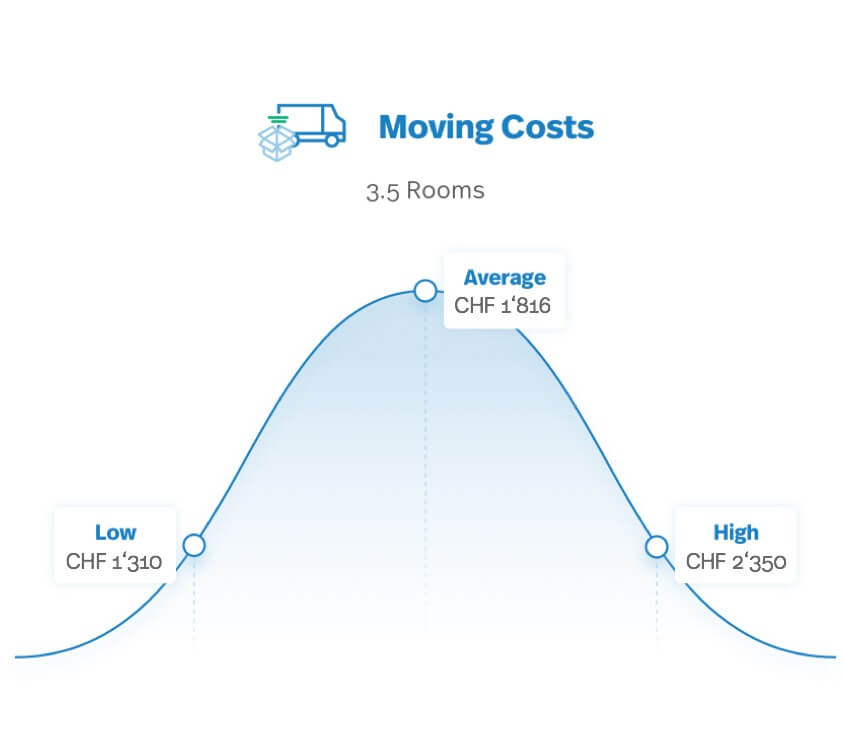Whether you’re moving for a lifestyle change, understanding the process can save you time, money, and headaches.
Whether you’re moving a small apartment or relocating an entire home, this guide will help you navigate the process confidently.
By the end, you’ll know the key steps and insider tips to make your interstate move successful and stress-free.
Understanding the Scope of Interstate Moving
When you cross state lines, your move falls under federal regulations, typically overseen by the FMCSA (Federal Motor copyright Safety Administration).
You also need to account for different entry restrictions in each state.
Understanding the scope of an interstate move prepares you to budget more accurately, manage your time better, and set realistic expectations for delivery and setup.
Tips for Choosing the Best Interstate Movers
Sites like Better Business Bureau and FMCSA’s mover search tool are great resources for screening movers.
Ask about additional fees such as fuel surcharges, long carry charges, or storage if needed.
Finally, evaluate their communication. A reliable interstate mover should answer your questions clearly, provide a written contract, and offer transparency about the process.
What Determines the Price of an Interstate Move?
Timing matters too: moving during peak seasons like summer or holidays can drive prices up by 20–30%.
Additional services can also raise the bill.
Planning ahead and informing leia mais aqui your informacoes a maisO que você tem que fazer antes de se mudar? moving company about these conditions helps avoid surprise charges on moving day.

How to Plan and Organize Your Interstate Move
Proper planning is the foundation of a successful interstate move. Start by creating a timeline—ideally 8–12 weeks before your move date.
Decide what to sell, donate, or discard to reduce weight and save on moving costs. Less volume often translates to lower transport fees, so decluttering pays off.
This ensures you’re comfortable and organized even if your shipment is delayed or you need time to unpack.
How to Choose the Best Type of Interstate Service
Full-service movers handle everything, from packing to unpacking, ideal for busy professionals or large families.
Container services (like PODS) offer flexibility: you load the container yourself, and the company transports it across state lines.
Are you moving fragile antiques or just standard furniture?

Top Pitfalls in Long-Distance Moves
Booking early not only secures better pricing but also gives you time to research and prepare properly.
Another common pitfall is failing to check mover credentials.
Using cheap boxes, skipping labels, or failing to protect fragile items increases the risk of breakage.
Budget-Friendly Strategies for Interstate Relocation
Hold a garage sale or list items online to offset some moving expenses.
Next, compare quotes carefully.
Combining professional help with DIY strategies creates a cost-effective balance that fits your budget and schedule.
Conclusion: Making Your Interstate Move a Success
Whether you’re relocating a small apartment or a full household, understanding the process empowers you to make informed decisions.
Remember: the best moving experience combines preparation, trusted professionals, and flexibility to handle surprises.
As you get ready to embark on your interstate move, stay organized, communicate clearly with your movers, and keep your goals in sight.
Common Questions on Long-Distance Moves
How can I save money on an interstate move?
The cheapest options include renting a moving truck, using a freight trailer, or downsizing your load to reduce weight.
When should I hire movers for a long-distance move?
Last-minute bookings often come with limited availability and higher prices.
What should I leave out of my moving boxes?
Properly disposing or transporting restricted items yourself avoids legal and safety issues.
Do I need extra coverage for my interstate move?
Most interstate movers include basic valuation coverage by law, but it’s minimal.
How do I know where my shipment is?
Ask your company about their communication methods and tracking options.